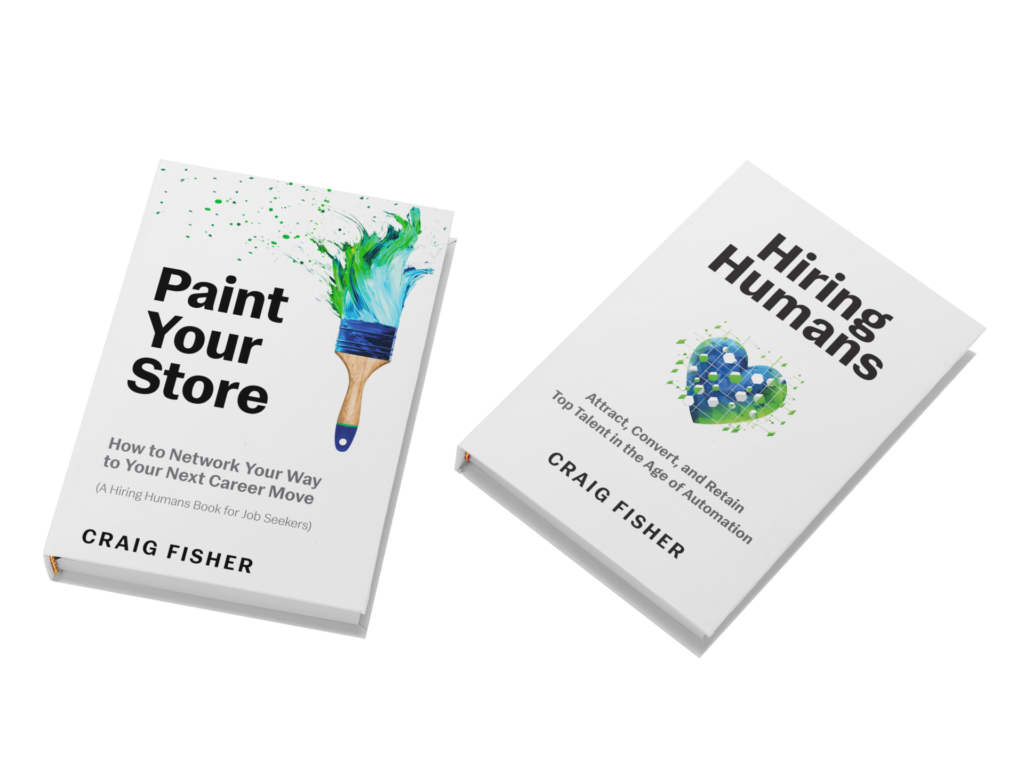 Navigating the Future of Work: The Impact of AI Regulations on Hiring Practices
Navigating the Future of Work: The Impact of AI Regulations on Hiring Practices
In the rapidly evolving landscape of the modern workplace, artificial intelligence (AI) has emerged as a transformative force, reshaping hiring practices and employee management. However, with the advent of AI, there has been a surge in regulatory measures aimed at ensuring fairness, transparency, and accountability. One such regulation that has gained prominence is the NYC 144 Law.
The Advent of AI Regulations
AI regulations are having a profound impact on hiring practices. Companies are now required to consider the implications of these regulations when making decisions about their hiring processes. The growing influence of AI in recruitment has led to a global movement towards regulatory measures, with different regions responding at varying paces.
The NYC 144 Law: A Game Changer
The NYC 144 Law, a regulation that governs the use of AI in the workplace, has set a new precedent. The law mandates employers to conduct annual audits of automated decision tools by independent third parties. It also necessitates that employees and candidates are provided with information about the use of AI in their decisions, along with the right to opt-out of AI-based decisions. This law is expected to significantly alter hiring practices, introducing new complexities of compliance and necessitating strategies to reduce bias risk.
Proactive Compliance: The Way Forward
In this regulatory environment, proactive compliance is crucial. Businesses must stay informed about new regulations and regularly review existing policies. Best practices for compliance include:
- Disclosing AI use: This is a minimum requirement in several states, the AI Bill of Rights, and the EU.
- Mapping decision-level processes: Understanding where machines impact hiring decisions is key.
- Engaging a third-party risk management team: Teams with legal and data science capabilities can identify risk, provide compliance disclosures and content, and assist in risk mitigation strategies.
Conclusion
As we navigate the future of work, understanding and adapting to AI regulations will be essential for businesses. The NYC 144 Law and similar regulations represent a significant shift in hiring practices, emphasizing the need for transparency, fairness, and accountability in the use of AI. By adopting proactive compliance strategies, businesses can not only ensure regulatory compliance but also leverage AI to create more equitable and efficient hiring practices.
Craig Fisher and Jason Roberts recently broke this down on a Linkedin Live webcast
References
“Why everyone is mad about New York’s AI hiring law” – The law is a first step in regulating AI, but critics aren’t happy (Published on 2023-07-10)
“Speech production under uncertainty: how do job applicants experience and communicate with an AI interviewer?” – This study examined job applicants’ experience and speech fluency when evaluated by AI. The participants reported higher uncertainty and lower social presence and had a higher articulation rate in the AI-evaluation condition than in the human-evaluation condition (Published on 2023-06-12).
“AI Based Recruitment Tool” – This study focused on the application of algorithmic decision-making in ranking job applicants. It examined participants’ perceptions of different types of algorithms and how the complexity and transparency of the algorithm influenced these perceptions (Published on 2023-05-31).
“Assessing the role of gender in hiring: a field experiment on labour market discrimination” – This field experiment investigated the presence of gender discrimination and the motherhood penalty against higher education females seeking full-time employment in the labour market at the initial stage of the recruitment process (Published on 2022-11-27).
“Employers’ Perceptions of Online University Degrees and Their Relationship with the Recruitment and Selection Practices: The Case of Chile” – This study investigated the perceptions of employers from different industries regarding online and on-campus university education and how these perceptions influenced their hiring decisions (Published on 2022-09-01).
Digital Marketing Specialist with a passion for driving impactful campaigns and optimizing online presence. My expertise lies in digital ad creation, email marketing, job candidate sourcing and recruiting, PPC ad optimization, graphic design, and event promotion.


